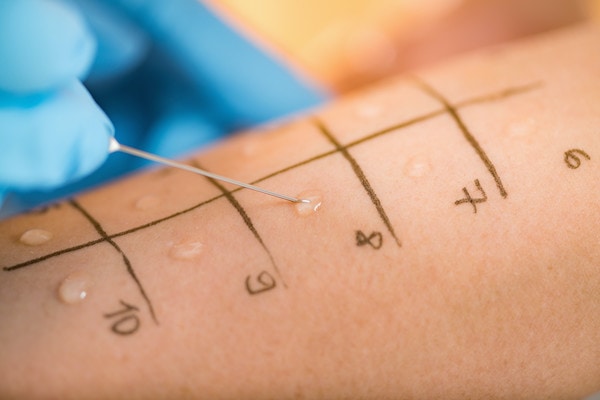Codex CAC/GL 82 Guidelines for Allergen Management in Food
The Codex Alimentarius Commission (CAC) is a joint agency of the World Health Organization (WHO) and the United Nations Food and Agriculture Organization (FAO), established to protect the health and welfare of consumers and ensure fair practices in the food trade. The CAC develops standards, guidelines, codes of practice, and other recommendations under the Codex Alimentarius. One such critical document is the Codex Guideline for Allergen Management (CAC/GL 82), which provides essential guidance on how to manage allergens in food products, ensuring safety and compliance with international standards.
The guideline aims to help stakeholders understand and implement effective measures to avoid cross-contamination of allergens during the production, processing, handling, storage, and distribution of foods. It emphasizes the importance of a comprehensive allergen management plan that includes identification, control, communication, and verification processes. This approach ensures that food products are safe for consumption by individuals with known allergies.
The CAC/GL 82 is particularly relevant in sectors such as food processing, packaging, and distribution. It provides a framework for companies to identify potential allergen sources, establish control measures, and communicate these practices effectively within the organization. Compliance with this guideline can help food manufacturers avoid legal penalties, protect their brand reputation, and ensure consumer trust.
For quality managers, compliance officers, R&D engineers, and procurement professionals, understanding the CAC/GL 82 is crucial for ensuring that allergen management processes are robust and up-to-date. This service focuses on providing detailed testing solutions based on these guidelines to help organizations meet regulatory requirements and ensure product safety.
Industry Applications
The application of the CAC/GL 82 Guideline is broad, encompassing various industries where allergen management plays a critical role. The following lists highlight some key sectors:
- Food Processing: Ensuring that production lines do not introduce allergens into food products.
- Packaging: Preventing allergens from contaminating packages during manufacturing and storage.
- Distribution: Avoiding cross-contamination of allergens in transportation and warehousing environments.
Testing for allergens is crucial to comply with the guideline. Here are some key industry applications:
- Identifying Allergen Sources: Detecting common allergens such as milk, eggs, fish, crustaceans, lupin, peanuts, soybeans, tree nuts, and celery.
- Control Measures Implementation: Ensuring that all necessary controls are in place to prevent cross-contamination.
- Verification Processes: Regularly verifying the effectiveness of allergen control measures through testing.
| Industry Sector | Allergens Tested | Testing Methodologies |
|---|---|---|
| Food Processing | Milk, Eggs, Fish | ELISA kits, LC-MS/MS |
| Packaging | Crustaceans, Lupin | PCR, Chromatography |
| Distribution | Peanuts, Tree Nuts | IgE immunoassay, Western Blotting |
International Acceptance and Recognition
The CAC/GL 82 is widely recognized and accepted by countries around the world as a benchmark for allergen management in food products. Its acceptance reflects its importance in ensuring global food safety standards are met. Countries that have adopted this guideline include:
- Australia
- New Zealand
- United States of America
- European Union member states
The adoption of the CAC/GL 82 ensures uniformity in allergen management practices, which is crucial for global trade. Compliance with this guideline not only helps food manufacturers meet regulatory requirements but also enhances their reputation and customer trust.
Use Cases and Application Examples
The CAC/GL 82 Guideline can be applied in various real-world scenarios to ensure that allergen management is effective. Here are some use cases:
- Production Line Monitoring: Regular testing of production lines to identify potential allergen sources.
- Packaging Integrity Checks: Ensuring that packaging materials do not introduce allergens during manufacturing.
- Distribution Center Inspections: Conducting inspections at distribution centers to prevent cross-contamination.
Testing for allergens is crucial in these scenarios. Here are some examples of testing methods used:
- ELISA Kits: Used for rapid detection of common allergens like milk and eggs.
- LC-MS/MS: Employed for highly sensitive quantification of allergens in complex matrices.
- PCR: Utilized for detecting allergens such as lupin and crustaceans with high specificity.
- IgE Immunoassay: Effective for identifying trace amounts of peanut allergens.
| Use Case | Allergen Tested | Testing Methodology |
|---|---|---|
| Production Line Monitoring | Milk, Eggs | ELISA Kits |
| Packaging Integrity Checks | Crustaceans, Lupin | PCR |
| Distribution Center Inspections | Peanuts, Tree Nuts | IgE Immunoassay |





